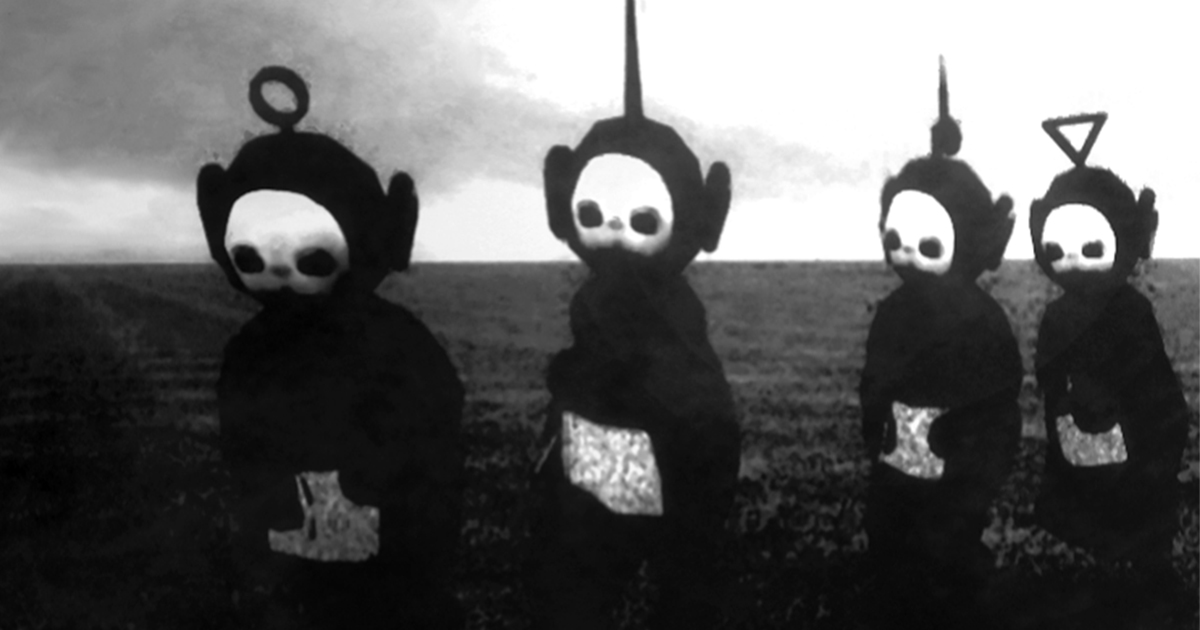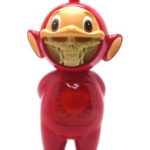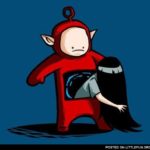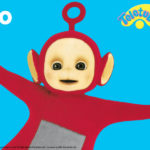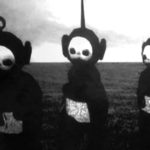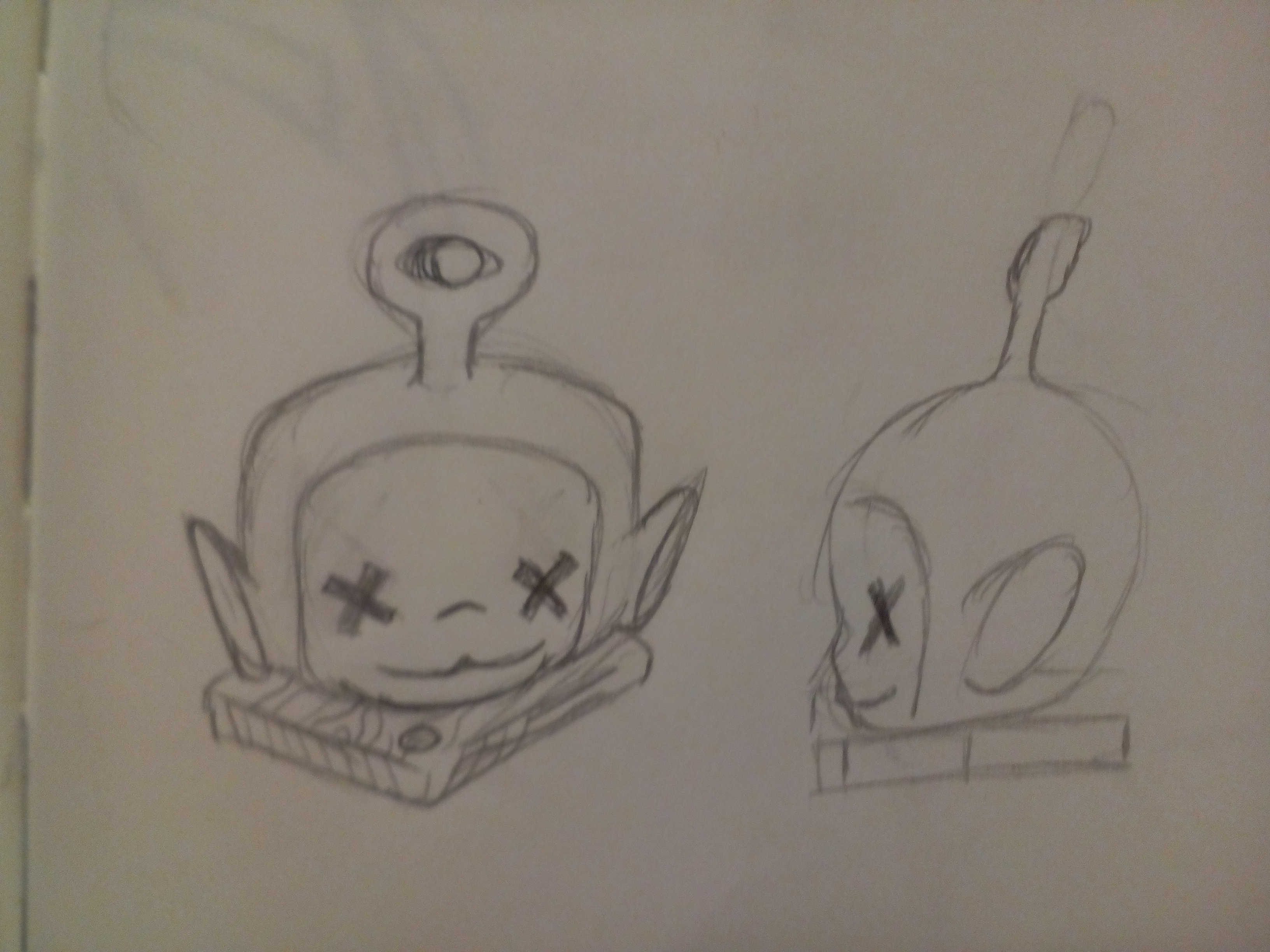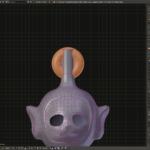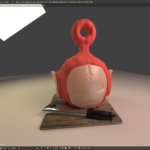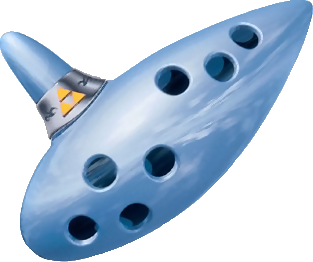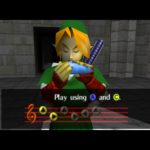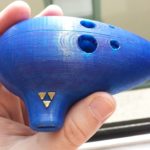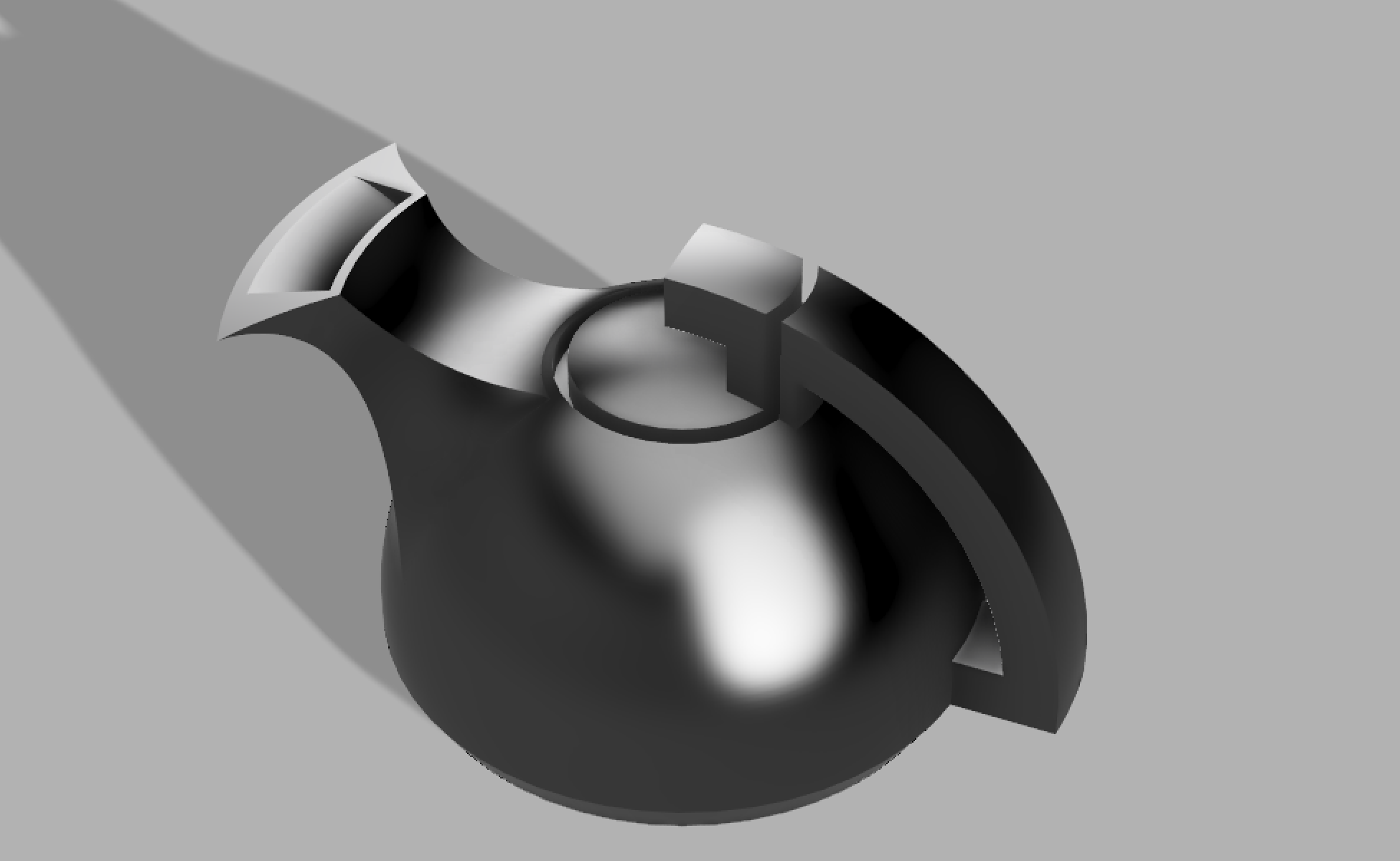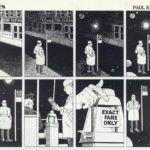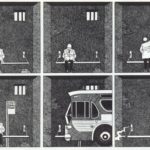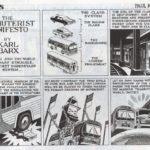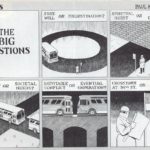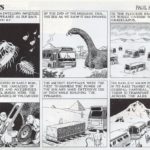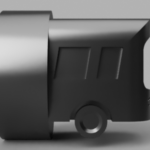Response to ‘Power of Good Design’ & ‘The Demise of Form follows Function‘
Form follows function. Most modernist designs live by this rule. Famed designer, Dieter Rams proposes that good design should follow a few rules: be user-friendly, be environmentally friendly, be well produced, be timeless, and be modern while still allowing users room for self-expression. Considering that most modernist pieces have kept their timelessness, I think that Rams’ rules are very accurate. The New York Times, however, has proposed that such rules of design are no longer necessary as more of an item’s function can be fit into smaller and smaller spaces. Their case in point was the 2009 iPod Shuffles that were, in form, clips but, in function, trumped the computing capacity of all of NASA’s early systems.
Good design should be more than just surface level. The New York Times ignores that fact that Apple’s design team ignored some fundamental rules when they created these and thus have created a product that is unlikely to see the resurgence years later. On the other hand, the modernist chairs that people like Rams have created will continue to make resurgences as people rediscover the quality, design, and durable creation that make things timeless. Rams’ rules are not to be taken as needed but as a sum whole. Users will not like a product if it is not durable and unobtrusive. Products will not be timeless if people don’t like them and they are stuck in a single time period.


